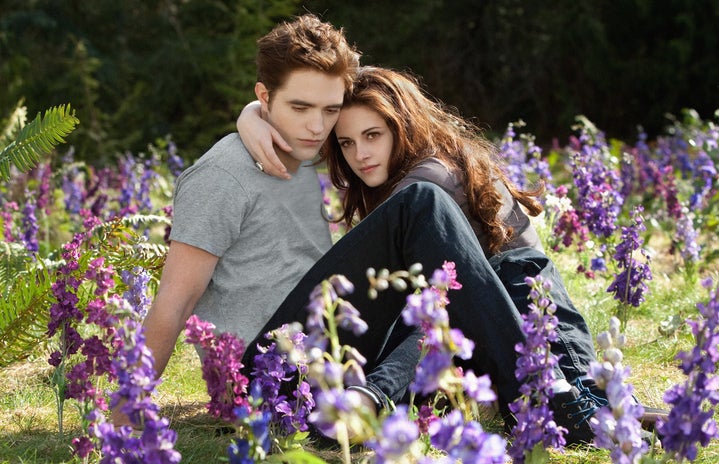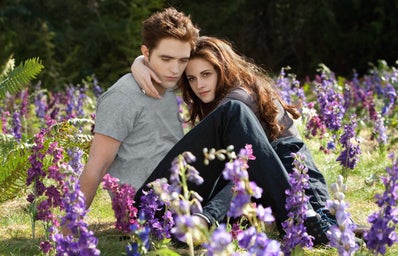Twilight has made probably the strongest comeback of any nostalgic media. It has been over a year since the pandemic struk the US with immense force, shaking us all into either quiet quarantine or angry protest. A constant blaze of joy since day one has been Twilight, both in book and film form.
Look, I was a Twilight HATER back in the day. When 2014 Tumblr was in the midst of a civil war between the Twilight and Harry Potter fandoms, I was firmly on the Harry Potter side. I’d read Twilight, just the first one, and despised the writing which cemented me as a #hater. I mention this because it shows just how limitless the reach of the Twilight Renaissance truly is; Twilight Tiktok has converted me, mind, body, and soul, into a Twilight fan.
We’ve all read and heard the theories about everyone returning to nostalgic tv shows, movies, and hobbies from childhood to soothe COVID-19 anxieties, among many other things. What about Twilight has made it such a strong pillar of support throughout these never ending months of uncertainty? Good question. My answer: Catherine Hardwicke.
Hardwicke was the director of the first installment of the Twilight film franchise. She’s the reason that there are any people of color in the film besides the Quileute tribe cast and also who we have to thank for the iconic blue filter.
If Stephanie Meyer, the author of Twilight, had her way, the darkest skin tone we would have seen in the entire franchise would have been “olive.” Her vampire lore, a vehicle for white supremacy, dictates that when a person of color goes through the vampire transformation, the melanin is sucked out of their skin. Thus, there would be no black or brown vampires. It’s important to note, however, that there are black and brown actors in the films. This is all thanks to Hardwicke. She fought Stephanie Meyer on this topic and was able to cast actors with dark skin tones in the principal movie.
The blue filter is an additional iconic feature of Hardwicke’s vision. She cast a blue-green sheen over the entire film which provided audiences with a unique visual experience. It was not just artistic, but also served as an indication of the film’s setting in the Pacific Northwest (PNW). The PNW is known for its foggy and rainy climate against a backdrop of redwood trees. The blue filter of Twilight, while perhaps at first seemingly unrealistic-looking, perfectly replicates the emotional feel of the PNW’s perpetual gloom and makes the film difficult to forget.
Hardwicke made many other decisions that catapulted Twilight’s film to legendary status that would make this article way too long, but her commitment to have a more POC-positive casting and unreplicatable visual atmosphere truly set the first Twilight film apart from all other cinema. And yes, I did just call Twilight cinema. Even though the rest of the films do not follow Hardwicke’s formula, her vision was able to pull in the masses and convince them to stay for warmer tones and less diverse casts.
Ultimately, Hardwicke’s many arguments with Meyer cost her the ability to direct the sequels. Normally, I would think of this as a travesty, a disaster. Instead, I feel that I like how special and different the first Twilight feels. I like the way that it almost hypnotizes the audience in a way that it doesn’t matter how different the sequels are, they’re now bound with loyalty by the blue filter, long after its departure from the silver screen.
Let us all say thank you to Catherine Hardwicke for bringing Twilight to life in a way that’s irresistible and long-standing. In Catherine Hardwicke we trust.


